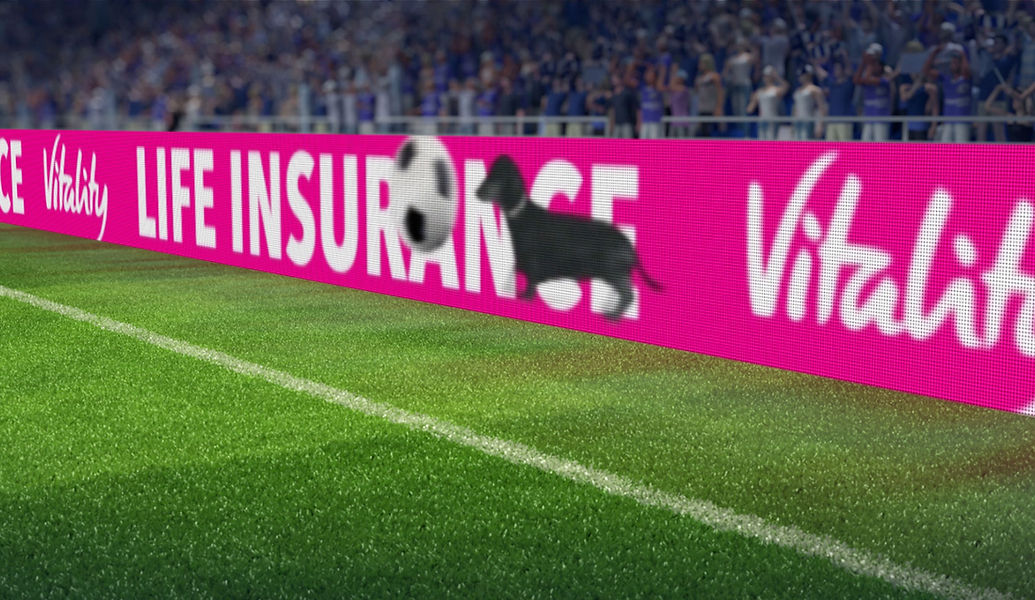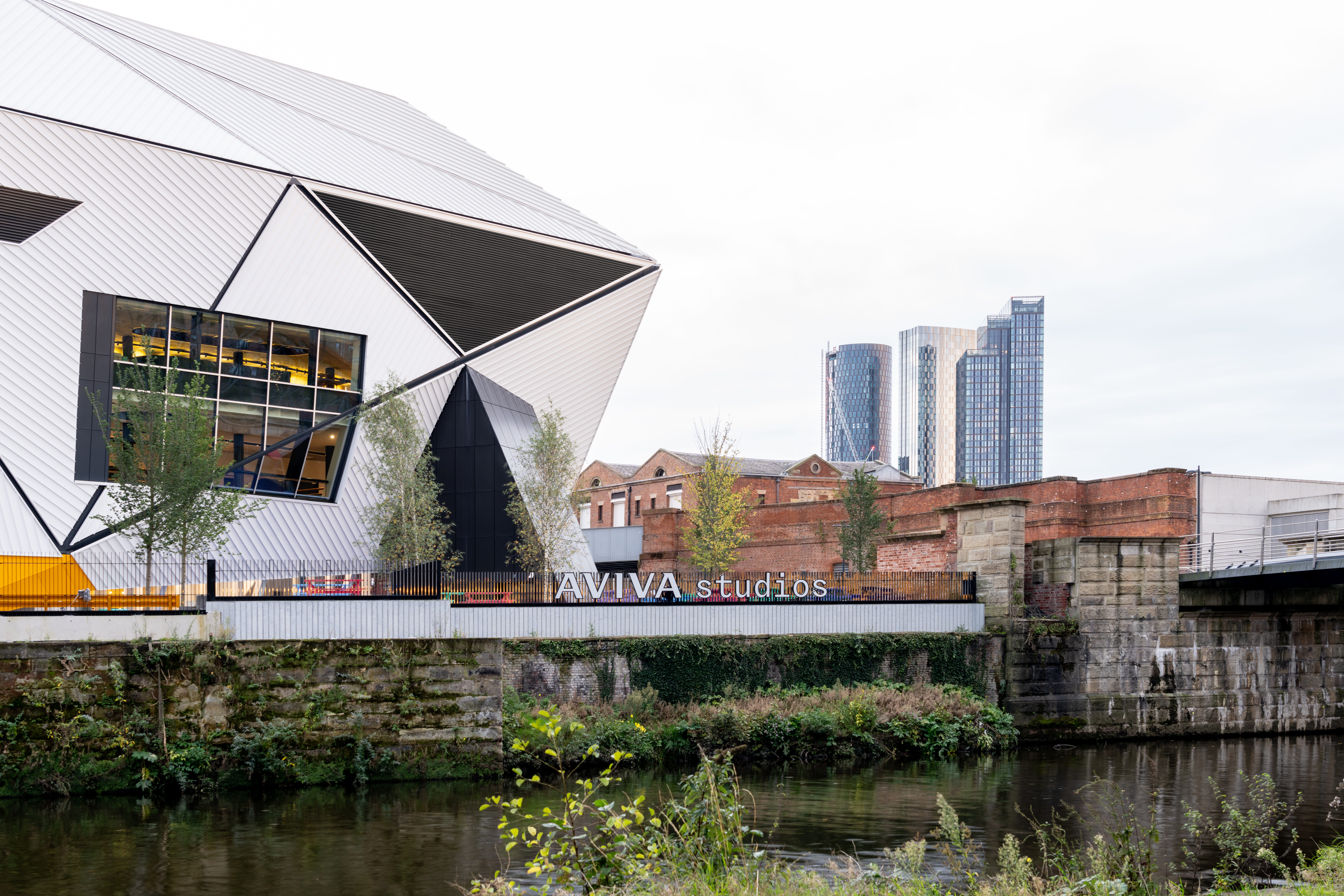Don’t distract fans, engage them

Dachshunds are cute. The moving graphic of Vitality's Stanley the Dachshund prancing around the side of a football pitch is hard to ignore. At first glance, this form of fan engagement seems like an effective advertisement, and as advertising goes, it is. However, for sponsors whose strategic goals go beyond pure brand awareness at all costs, the impact of such attention-grabbing promotion could be harmful in the long run.
86% of football fans said moving advertising boards distracted them from watching the game.
Competition for eyeballs is fierce as brands battle it out on the touchline of our screens vying for position. But the more desperate their cries for attention become, the more they serve only to irritate the loyal and passionate fan who, above all else, wishes to consume the content they love, ideally ad-free and without distraction. In a recent survey conducted by The Sponsor, 86% of football fans said moving advertising boards distracted them from watching the game.
Brands like YouTube, Spotify and, more recently, Netflix know this; it’s why they offer a premium ad-free subscription.
For many, brand awareness amongst the target audience remains the first, second and third objective of any sponsorship. However, for those brands willing to work a little harder, an opportunity exists to build deep-rooted long-lasting positive brand associations.
The Goodwood Revival celebrates classic motor racing in period theme attracting 150,000 visitors each year. Alongside the cars racing around the track, fashion parades and air shows is a dedicated car park for pre-1960s vehicles. Many festival attendees visit the area to see the rare and beautiful vehicles. However, the cars parked here were done so in the order they arrived. As a result, many of the most desirable and sought-after were hidden away simply because their owner arrived late.
When the wealth manager, Smith and Williamson, decided to partner with the festival, it would have been easy to simply position some logos and advertisements around the track. However, the company decided to provide a positive contribution to the event by transforming the pre-1960s car park into a competition and show. Their activation involved bringing the rarest and most beautiful vehicle's front and centre to be enjoyed by all visitors. The owners of these expensive cars fitted the sponsor’s target market profile and were subsequently invited to trackside hospitality. The area and competition were renamed the Smith and Williamson Owners Club, resulting in hundreds of new business leads.
This is an excellent example of triple win sponsorship; aligned on brand values, generates brand awareness and contributes positively to the event. Smith and Williamson’s activation improved the event without waiving their logo in people’s faces and as such enhanced their brand perception amongst the target audience. Read more about measuring sponsorship impact on brand and business value.
Of course, creating positive fan engagement with some properties is more straightforward than others. That should not stop marketers from trying. In the case of TV sponsorship, it can be something as simple as an amusing indent. Deep-rooted fan engagement has a far greater impact on our long-term memory. If you need a reminder of why this is so crucial, you may find this article, Have you forgotten about memory, useful.
The critical question sponsors must ask of their partnership is, does our presence improve the fan experience? The answer to that question is either yes or not really. If it's the latter, you are in a one-way relationship and in my experience, they rarely end well.









